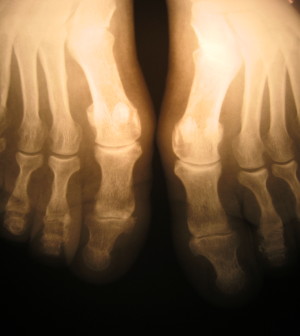- Fragments of Bird Flu Virus Found in 1 in 5 Milk Samples
- Clients Got HIV Through ‘Vampire Facial’ Microneedling Treatments
- Take the Stairs & Step Up to Longer Life
- ‘Drug Take Back Day’ is Saturday: Check for Leftover Opioids in Your Home
- Loneliness Can Shorten Lives of Cancer Survivors
- A Stolen Dog Feels Like Losing a Child, Study Finds
- Healthier Hearts in Middle Age Help Black Women’s Brains Stay Strong
- Better Scans Spot Hidden Inflammation in MS Patients
- Which Patients and Surgeries Are ‘High Risk’ for Seniors?
- Vancomycin May Be Losing Strength Against Common Deadly Infection
Opioids Not Winning the Battle Against Pain, Study Suggests


THURSDAY, Sept. 19 Prescriptions for powerful opioid painkiller drugs have skyrocketed in the United States, but identification and treatment of pain has not improved, according to a new study.
“There is an epidemic of prescription opioid addiction and abuse in the United States. We felt it was important to examine whether or not this epidemic has coincided with improved identification and treatment of pain,” Dr. G. Caleb Alexander, an associate professor of epidemiology and medicine and co-director of the Johns Hopkins Center for Drug Safety and Effectiveness, said in a Hopkins news release.
The researchers analyzed federal government data collected between 2000 and 2010, and found no significant change in the number of pain-related visits to doctors that resulted in patients receiving treatment with pain relievers.
During the study period, prescriptions of non-opioid painkillers remained stable, accounting for 26 percent to 29 percent of pain-related visits. However, prescriptions for opioids nearly doubled, from 11 percent to 19 percent, the investigators found.
Of the 164 million pain-related visits to doctors in 2010, about half of patients were treated with some kind of pain reliever: 20 percent with an opioid and 27 percent with a non-opioid, according to the study published online Sept. 13 in the journal Medical Care.
The researchers also examined visits to doctors for new-onset musculoskeletal pain and found similar increases in opioid prescriptions. There is no evidence that opioids are more effective or safer than non-opioids in treating this type of pain, however, the study authors found a significant drop in non-opioid prescriptions, from 38 percent in 2000 to 29 percent in 2010.
The findings highlight the importance of balancing the risks and benefits of pain drugs prescribed by primary care doctors, study lead author Matthew Daubresse pointed out.
“The majority of pain medications are prescribed by primary care physicians, who treat over half of the chronic pain in the United States,” Daubresse said in the news release. “Pain specialists only treat a fraction of these patients.”
And Alexander noted that “not only have the rates of treated pain not improved, but in many cases, use of safer alternatives to opioids, such as medicines like ibuprofen and acetaminophen, have either stayed flat or declined. This suggests that efforts to improve the identification and treatment of pain have backfired, due to an overreliance on prescription opioids that have caused incredible morbidity and mortality among patients, young and old alike.”
More information
The U.S. Food and Drug Administration offers a guide to the safe use of pain medicines.
Source: HealthDay
Copyright © 2024 HealthDay. All rights reserved.









